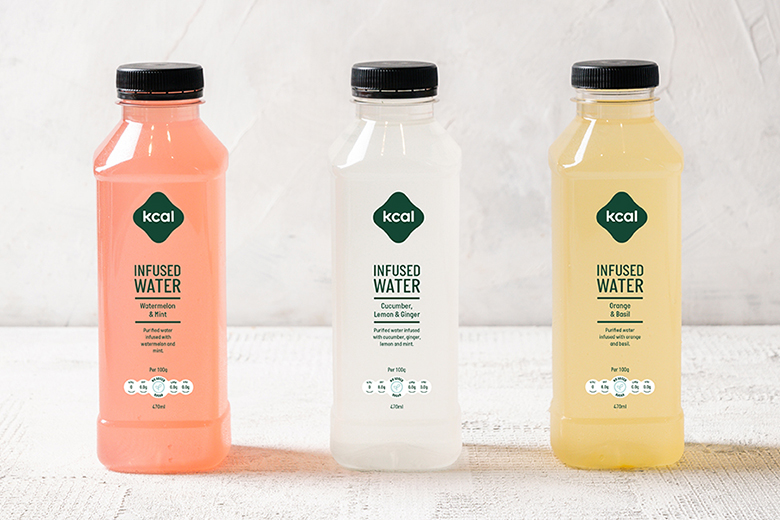As the weather and temperature is getting hot therefore, taking great precaution from dehydration is a necessity. Hydration is important because our body and organs need adequate water to function normally. Mild dehydration can lead to dizziness, fatigue, flushed skin, headache and sometimes confusion.
To clear up the confusion around hydration and dehydration here are 4 myths to bust.
Myth 1: If you’re thirsty, you’re already dehydrated
There is some truth in this statement and it’s a great way to remind people to read the body’s thirst signal. Even so, thirst might be caused by a lot of reasons. For example, spicy food may make the person thirsty or some medical issues like diabetes. Added to that, thirst could be due to some medication’s side effects.
Myth 2: To avoid dehydration, drink as much water as possible
There is a condition called hyponatremia, it happens when the concentration of sodium in the body gets too low. This might happen to healthy individuals due to overhydration. The kidneys are able to excrete any excess fluid to maintain the water and electrolyte balance, so overhydration is a serious concern.
Myth 3: Drinking water is the only way to get hydrated
Although 80% of our fluid intake comes from liquids yet, 20% comes from the liquids in fruits and vegetables. For instance, watermelon and spinach is nearly 100% water by weight. Other examples of hydrating foods include, cucumbers, celery, cantaloupe and strawberries.
Myth 4: Everyone needs 8 cups of water per day
Water requirement varies and is based on many factors like physical activity, diet, environment living in, The Regiment Lifestyle, gender and age. Furthermore, pregnant and lactating women need different water ranges to stay hydrated.
The recent guidelines recommend 15 cups of fluids for men and about 11 cups of fluid for women daily. Nevertheless, you have to assess and listen to your body’s requirement or ask your healthcare provider what your hydration goal should be.






